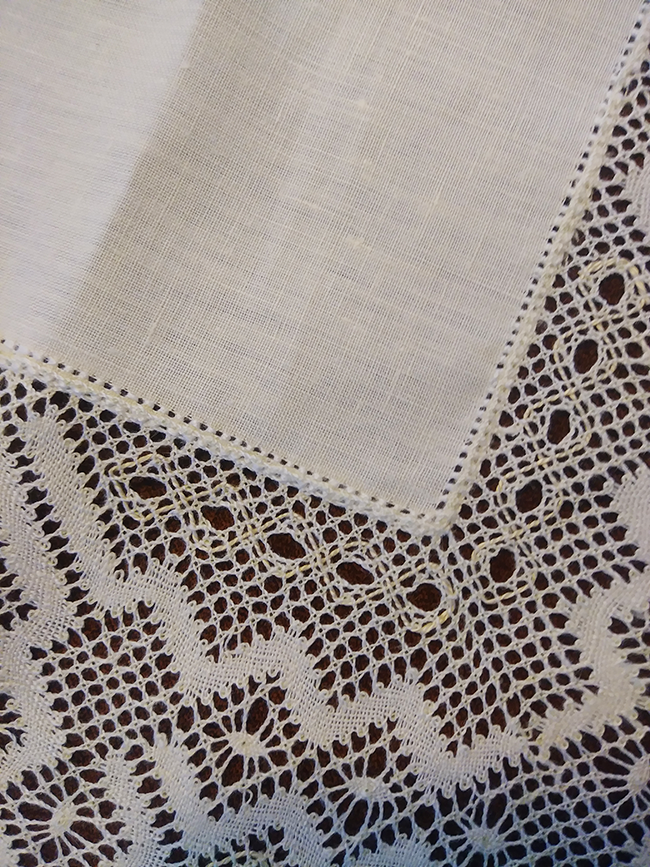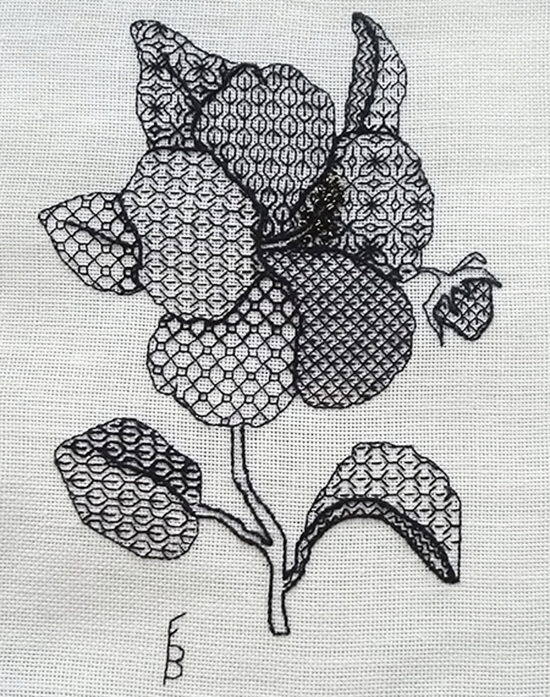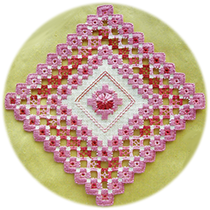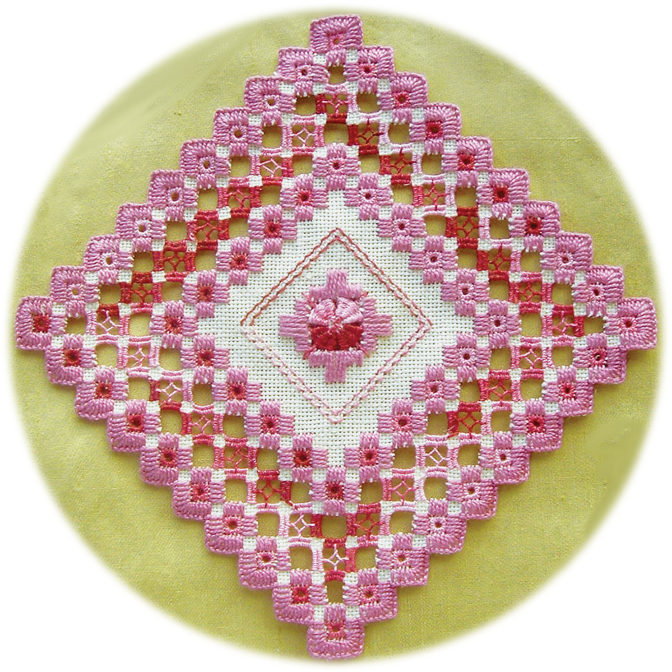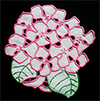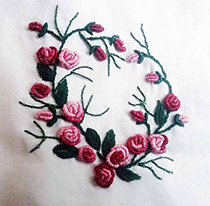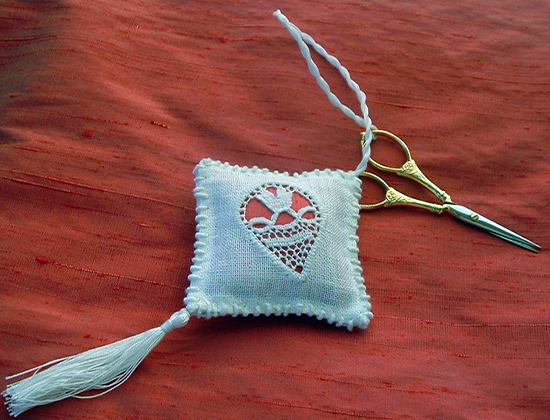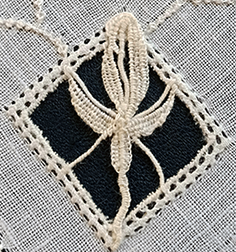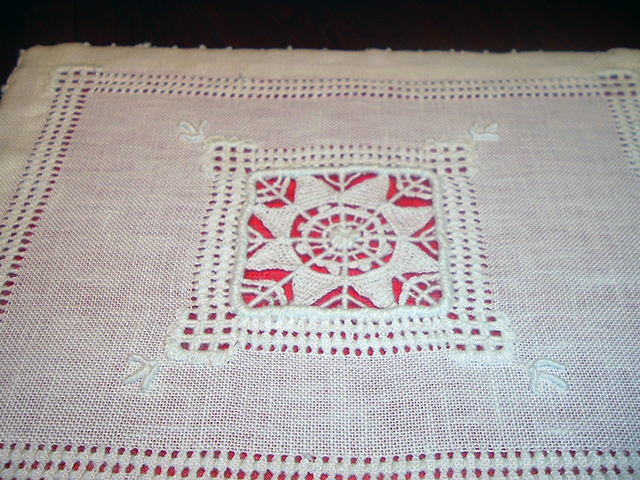
Workshops Offered for Embroidery
To register or obtain information about the courses,
please email to:info@trilliumlace.ca
The instructions and pattern are included for the following Worshops
Hemstitch
Hemstitch is a decorative drawn thread work or openwork hand-sewing technique for embellishing the hem of clothing or household linens.
In hemstitching, one or more threads are drawn out of the fabric parallel and next to the turned hem, and stitches bundle the remaining threads in a variety of decorative patterns while securing the hem in place.
Blackwork
Blackwork, sometimes historically termed Spanish blackwork, is a form of embroidery generally using black thread, although other colors are also used on Sometimes occasion metallic threads or coloured threads are used for accents.
"Scarletwork is like blackwork, except it is sewn with red thread"
Hardanger
Hardanger embroidery or "Hardangersøm" is a form of embroidery traditionally worked with white thread on white even-weave linen or cloth, using counted thread and drawn thread work techniques.
It is sometimes called whitework embroidery.
Richelieu
Richelieu also called by the more common name of “cutwork” is an exquisite type of traditionally white work embroidery that involves outlining areas in a design and building “bridges” (or woven bars) on the fabric, so that pieces of the linen can be cut away, which produces an open, lacy effect.
Brazilian embroidery
Brazilian embroidery is a type of surface embroidery.
Brazilian embroidery designs typically include flowers formed using cast-on stitch, double cast-on stitch, bullion stitch and much more...
Hedebo
Hedebo embroidery covers several forms of white embroidery which originated in the Hedebo (heathland) region of Zealand, Denmark, in the 1760s.
Hedebo is a form of needle lace.
Recognized by the Danish Folk Museum as a national treasure in the 1870s
Reticela
Reticella was originally a form of cutwork in which threads were pulled from linen fabric to make a "grid" on which the pattern was stitched, primarily using buttonhole stitch.
Later reticella used a grid made of thread rather than a fabric ground. Both methods resulted in a characteristic geometric design of squares and circles with various arched or scalloped borders.
Ruskin lace
The basic characteristic of Ruskin Lace is the fact that it is worked directly into the fabric and not as a motif and then appliquéd into the fabric.
The pattern shapes come in the form of pyramids, bugs and picots using buttonhole stitch.
Weavings, which are needle woven over three columns.
Bullion knots form the centre of most patterns and the traditional edging.
In the late nineteenth century Ruskin lace was made from hand-spun and woven linen by cottagers around Coniston (Cumbria, England).
It was based in the main on drawings of Italian laces brought back from the country by Ruskin.

